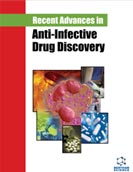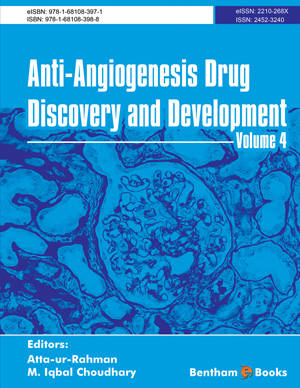Abstract
Bioassay or biological assay is a type of in vitro experiment that is typically conducted to measure the effect or activity of a substance or stimulus in a biological system, for estimating the nature, constitution, or potency of a material (or of a response) [1]. Bioassays are essential in the development of new protein drugs and vaccines. The dose-response curve from a bioassay can be a linear or non-linear by nature. There are many different statistical models proposed in the literature. To quantify the dose-response curve of a bioassay, the commonly used non-linear dose-curve is a sigmoid-curve such as the symmetric four-parameter logistic (4PL) function or the asymmetric fiveparameter logistic (5PL) curve, which takes curve asymmetry into consideration to overcome some drawbacks of the four-parameter logistic function. These include, for example, biased estimates of important model parameters, poor characterization of pharmacological pathways and the mechanisms, and inaccurate inference of drug-receptor interactions.
In this paper, we will focus on the pros and cons between a linear and a nonlinear curve fit for data collected from an analytical method, and the pros and cons using the symmetric 4PL and the asymmetric 5PL. In addition, we will describe a systematic way in selecting the linear dose range for a linear curve fit, and also discuss the design and other important issues such as selecting an appropriate variance function for a sigmoid-curve fit. Examples will be used to illustrate the key points.
Keywords: Bioassays, symmetric 4PL, assymmetric 5PL, dose response curve






















